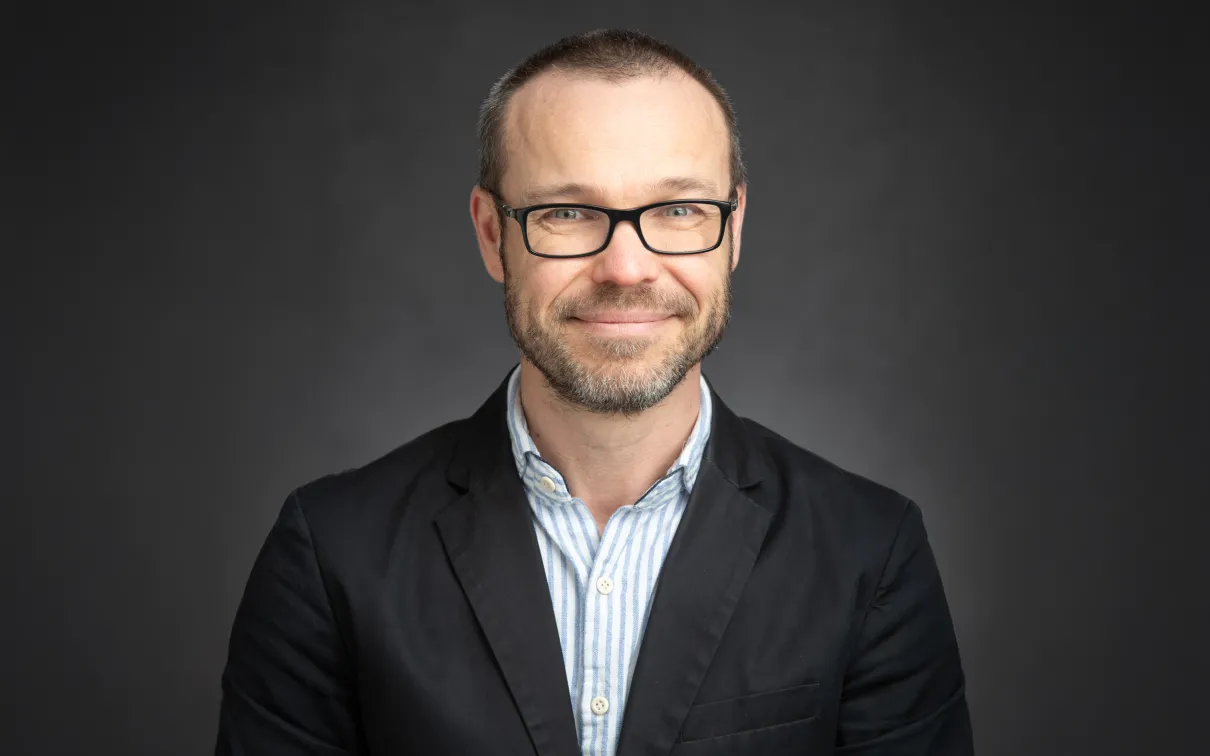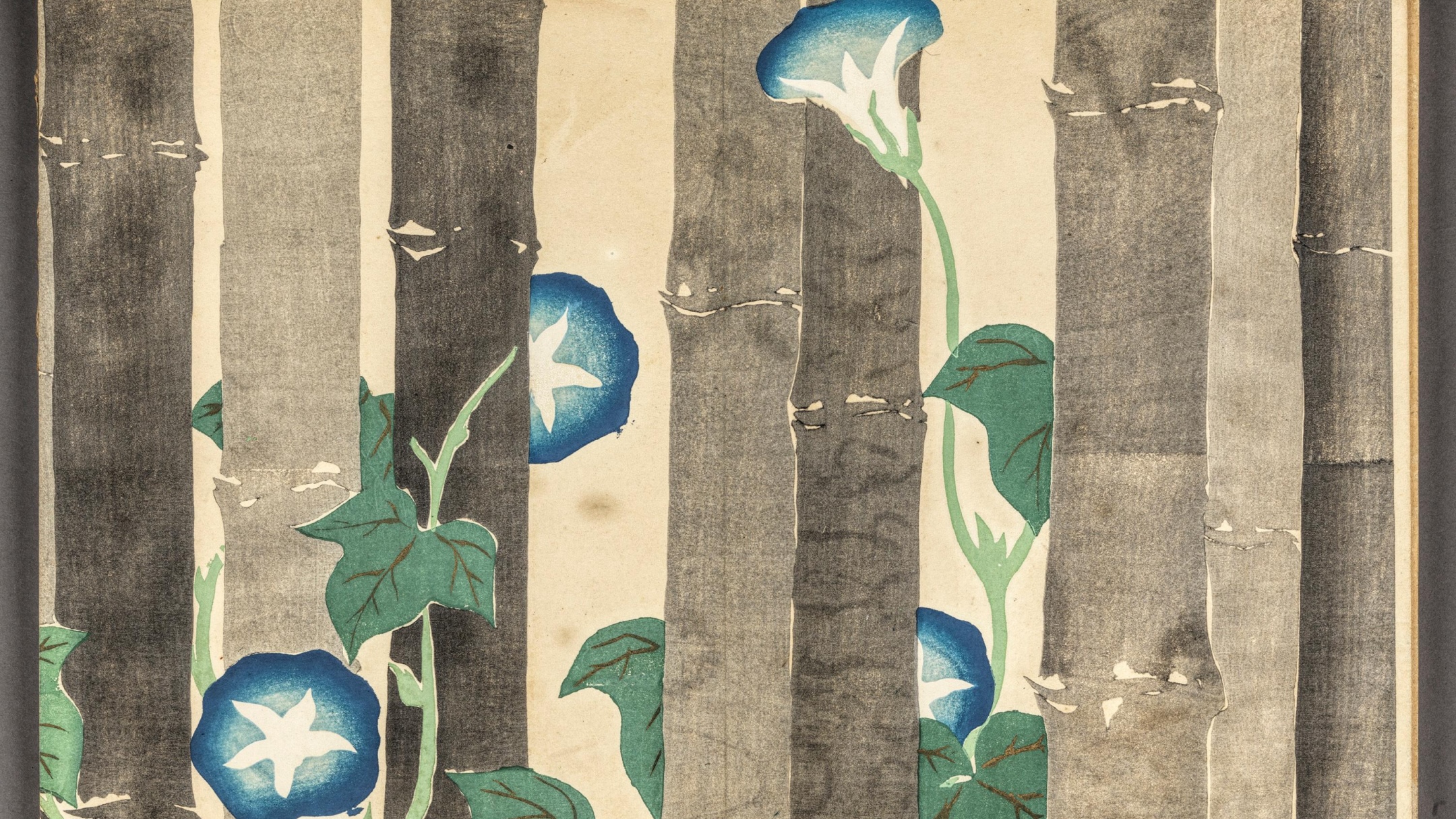Royal Ontario Museum Appoints John Creese as Vettoretto Curator of North American Archaeology
Published
Category
ROM Appoints John Creese as Vettoretto Curator of North American Archaeology
TORONTO, August 5, 2025 – The Royal Ontario Museum (ROM) is pleased to announce the appointment of anthropological archaeologist Dr. John Creese as the Museum’s new Isabel and Gino Vettoretto Curator of North American Archaeology.
Creese joins ROM from North Dakota State University, where he was Associate Professor in the Department of Sociology and Anthropology, with a research focus on collaborative Indigenous archaeology in the Great Lakes region.
Creese’s appointment at ROM marks a return home to Ontario, where he was born and raised – and to Toronto, where he studied at the University of Toronto, including earning his PhD in anthropology.
"I am thrilled to welcome Dr. John Creese to ROM – a homecoming for him and an important moment for the Museum,” says Josh Basseches, ROM Director & CEO. “Here, John will leverage his academic expertise and collaborative approach to archaeology to curate exhibitions, develop programs, undertake fieldwork, and steward cultural belongings – working in partnership with Indigenous communities.”
This fully funded endowed curatorship is generously supported by the Vettoretto Family, with matching funds from the Louise Hawley Stone Charitable Trust.
As the Vettoretto Curator of North American Archaeology, Creese will engage with a community of voices and viewpoints to model inclusive interpretation and platform questions relevant to Canadian archaeology and the contemporary world. He will lead collaborative approaches to stewarding Ontario and North American archaeology at ROM, as well as develop exhibitions and programs in partnership with Indigenous communities.
“I see the benefits of communities and institutions like ROM working together as good relatives,” Creese says. “I’m looking forward to partnering with diverse communities to enhance the public’s engagement with stories of this land and its original peoples.”
Creese – whose work addresses themes such as place and landscape, Indigenous art and kinship, and decolonial methods – brings extensive archaeological fieldwork experience to ROM. As co-director of the Gete Anishinaabe Izhichigewin Community Archaeology Project, Creese has collaborated with the Red Cliff Band of Lake Superior Chippewa. This ongoing project on tribal lands in Wisconsin documents Indigenous village sites, uncovering and cataloguing hundreds of historical belongings that remain under the community’s long-term care.
As an author, Creese has published research on topics such as rock art and relational ontologies, Iroquoian architecture and settlement organization, and recently completed a term as editor-in-chief of the Canadian Journal of Archaeology.
Research publishing highlights include nearly 20 articles and book chapters on topics ranging from ancestral Wendat material culture to Anishinaabe rock art and cultural landscapes, and co-editing Process and Meaning in Spatial Archaeology: Investigations into Precolumbian Iroquoian Space and Place, published by University of Colorado Press.
Creese was appointed through an international search process led by Arts Consulting Group.
-30-


